Apple trees are a beautiful addition to any garden, and they can be a great source of fresh fruit. However, one common problem with apple trees is the appearance of yellow spots on the leaves. In this blog post, we will explore the causes of these spots and suggest some solutions.
Why Are There Yellow Spots on My Apple Tree Leaves?
Your apple tree is likely dealing with a fungal infection known as rust. This disease is caused by a fungus that survives on plant debris and produces spores. These spores are then spread to other plants by wind, rain, or insects. Rust can affect both the leaves and fruit of your apple tree, and it is most commonly seen in late summer or early fall.
While rust is not usually fatal to apple trees, it can cause the leaves to fall off prematurely. This can weaken the tree and make it more susceptible to other diseases. Rust can also affect the quality of the fruit, making it less attractive and less valuable.
The most common type of rust on apple trees is called cedar apple rust. It’s common to find this rust on apple trees that are near cedar trees. This is because the fungus that causes cedar apple rust needs two host plants to complete its life cycle. The first host plant is a cedar tree, and the second is an apple tree.
Cedar apple rust starts as small, orange-yellow spots on the leaves of your apple tree. These spots will eventually turn brown and raise up from the surface of the leaf. In some cases, the spots will also be visible on the fruit of your tree.
How to Treat an Apple Tree With Cedar Apple Rust?
The key is to stop the spread of the fungus. This can be done by removing all infected leaves and fruit from your tree. These should be disposed of far away from your tree to prevent the fungus from spreading.
Simply take a bag and collect any leaves or fruit that have rust spots. It’s important to be vigilant about this, as the fungus can spread quickly. Be sure to check your tree regularly for new spots, and remove them as soon as possible.
You should also prune any branches that are touching cedar trees. This will help to stop the spread of the fungus from the cedar tree to your apple tree.
I usually recommend using a fungicide, like neem oil, to remove fungal infections. However, once rust has taken hold, it’s usually too late to get rid of it completely. However, Copper treatment can be used to control the rust while you take other measures to get rid of the infection.
If you have cedar trees on your property, you should also consider removing them. This is the only way to completely stop the spread of cedar apple rust. However, I understand that this may not be possible for everyone. In that case, you can try to plant your apple tree as far away from the cedar trees as possible.
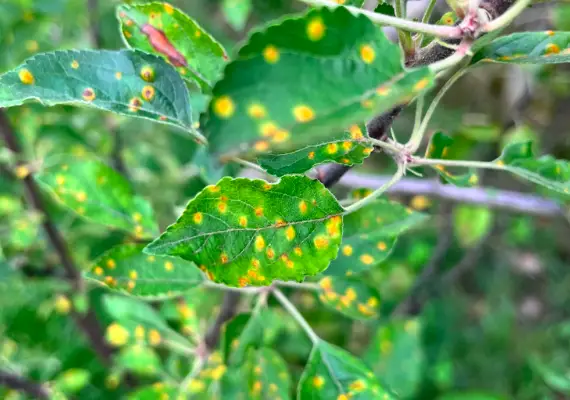
How Can I Prevent Yellow Spots on My Apple Tree?
Prevention is always the best solution when it comes to dealing with plant diseases. There are a few things you can do to prevent yellow spots on your apple tree leaves:
Sanitation
One of the most important things you can do is to practice good sanitation. This means removing all fallen leaves, fruit, and debris from around your tree. This will help to prevent the spread of fungal spores and other pests.
Monitoring
You should also regularly monitor your apple tree for signs of disease. This means checking the leaves for spots or other abnormalities. If you see anything suspicious, it’s important to act quickly to prevent the spread of disease.
Fungicide Application
If rust is a common problem in your area, you may want to apply a fungicide to your apple tree. This is best done in the spring before the rust fungus becomes active. You can also apply a fungicide after rain or irrigation to help prevent the spread of spores.
What Else Causes Yellow Spots?
There are a few other possible causes of yellow spots on your apple tree leaves. These include:
Apple Scab
Scab is caused by a fungus called Venturia inaequalis, which overwinters in fallen leaves and infected buds. The fungus infects new growth in the spring, causing small, round lesions to form on the leaves. These lesions eventually turn yellow or brown and can be covered with black spots. Scab can also cause the fruit of your tree to become discolored and deformed.
Pests
A number of pests can cause yellow spots on your apple tree leaves. These include aphids, mites, and scale insects. Aphids are small, soft-bodied insects that feed on the sap of plants.
They are typically green or black in color and can be found in large groups on the undersides of leaves. Mites are tiny, spider-like creatures that feed on the chlorophyll in leaves. This can cause the leaves to turn yellow or brown.
Scale insects are small, hard-bodied creatures that attach themselves to plant stems and leaves. They suck the sap out of plants, which can cause the leaves to turn yellow or brown and eventually drop off.
Environmental issues
Environmental stressors such as drought, frost, or excessive heat can cause the leaves of your apple tree to turn yellow. This is usually a temporary condition and is no cause for alarm. It’s just important that you follow all of the usual care guidelines for your apple tree to help it recover.
Conclusion
In conclusion, yellow spots on your apple tree leaves can be caused by a number of different things. However, the most common cause is cedar apple rust. This fungal disease is spread by cedar trees and can infect your apple tree if it’s not properly treated.
There are a few things you can do to prevent the disease, including practicing good sanitation, monitoring your tree for signs of disease, and applying a fungicide.
If you do find yourself with yellow spots on your apple tree leaves, don’t despair! There are a number of solutions that can help to solve the problem.
Tim is an avid gardener from the UK. He was the founder of PlantCarer.com from 2021 to Sep 2023. He sold PlantCarer.com to Aaron. He has since started his own business called Seed To Supper, which provides new gardeners all the materials you need in a box (pots, seeds, compost and instructions) to grow your own delicious and nutritious vegetables and herbs from start to finish – no garden required.



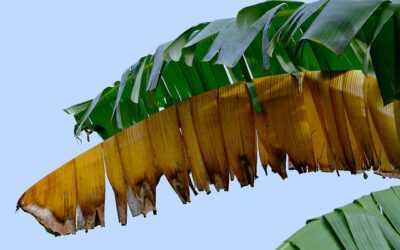

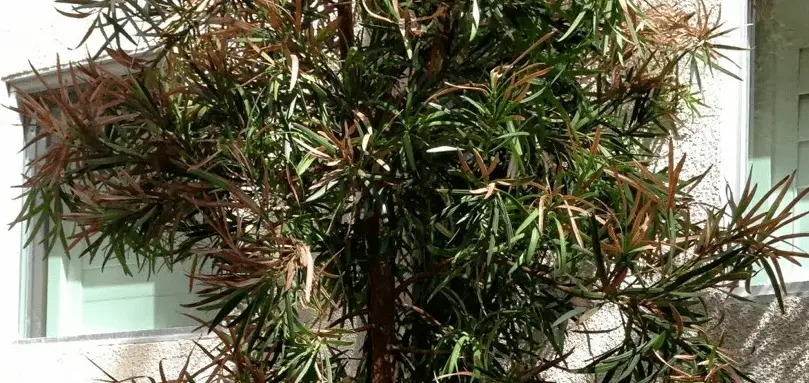
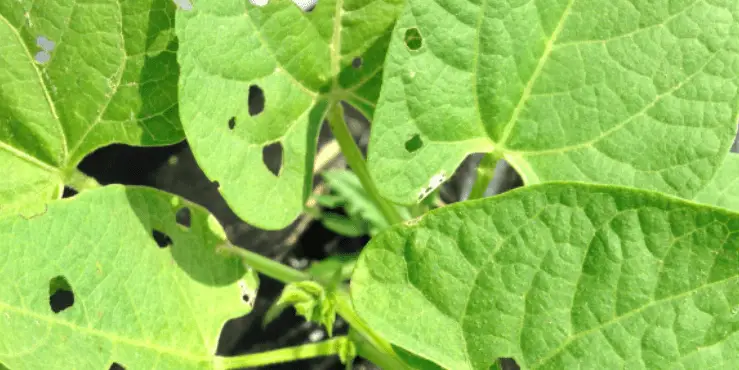
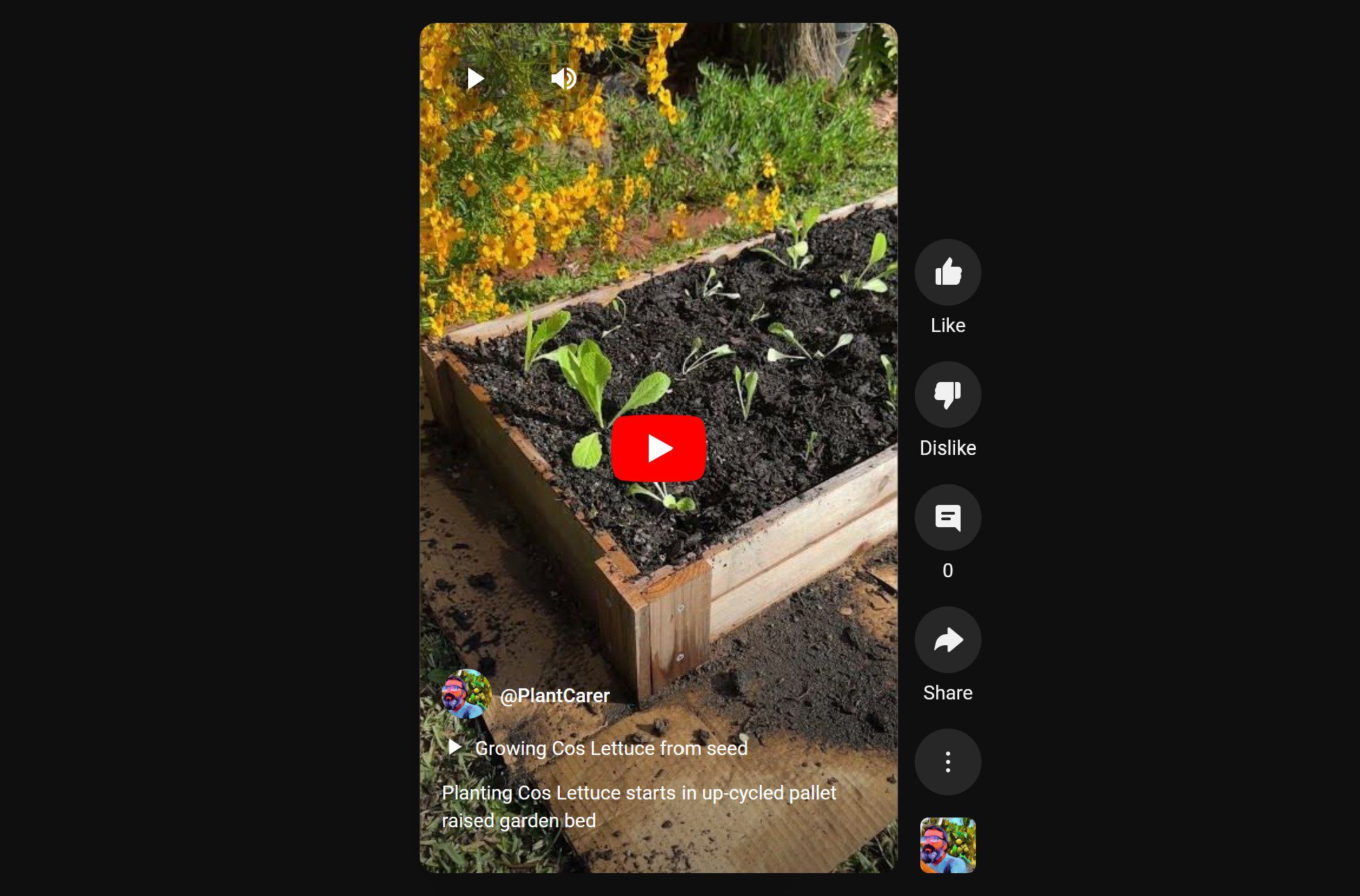
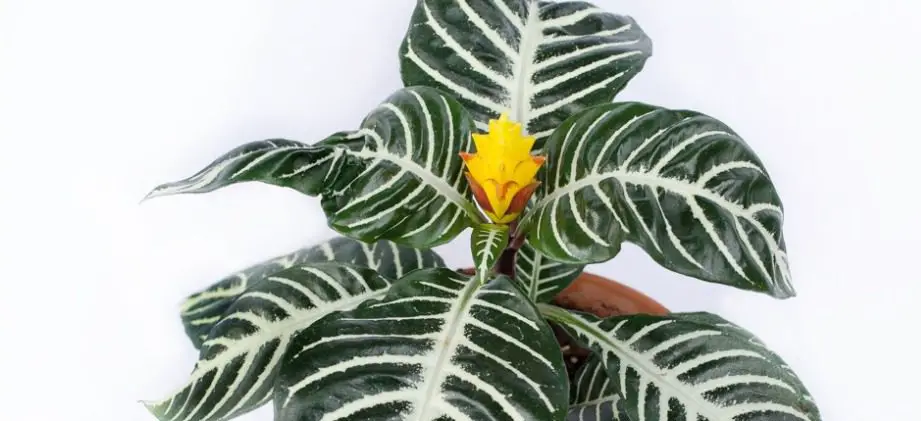
I’ve had a golden delicious apple tree for about five years. It produced more apples this year that any. In June the leaves developed yellow spots and started falling off the tree. In my research I could not determine what was the cause to treat it. The leaves are all gone and the apples are black and shriveled. I’m not near any cedar trees. However my neighbor had three blooming pear trees and two died of a fungus that she couldn’t remember the name of to tell me. At this point I don’t know whether I can save it or just cut it down. Got any advice?
Based on the symptoms described, it sounds like your golden delicious apple tree may have been affected by a fungal disease, possibly similar to what your neighbor’s pear trees experienced. The yellow spots on the leaves followed by leaf drop and black, shriveled apples are indicative of a fungal infection. You need to indentify the fungal disease to treat it. Either reach out to a professional (certified arborist) in your area or the good news is there are now phone apps to detect the issue and tell you what it is. Based on that you can action whatever treatment is needed. You can check out a post I wrote about the best 3 plant apps I use. Ultimately, the decision to save or remove the tree will depend on the extent of the fungal infection and your willingness to invest time and resources into treatment. If you are still unsure – I’d check in with a local professional who can help you make an informed decision based on the specific circumstances of your tree.